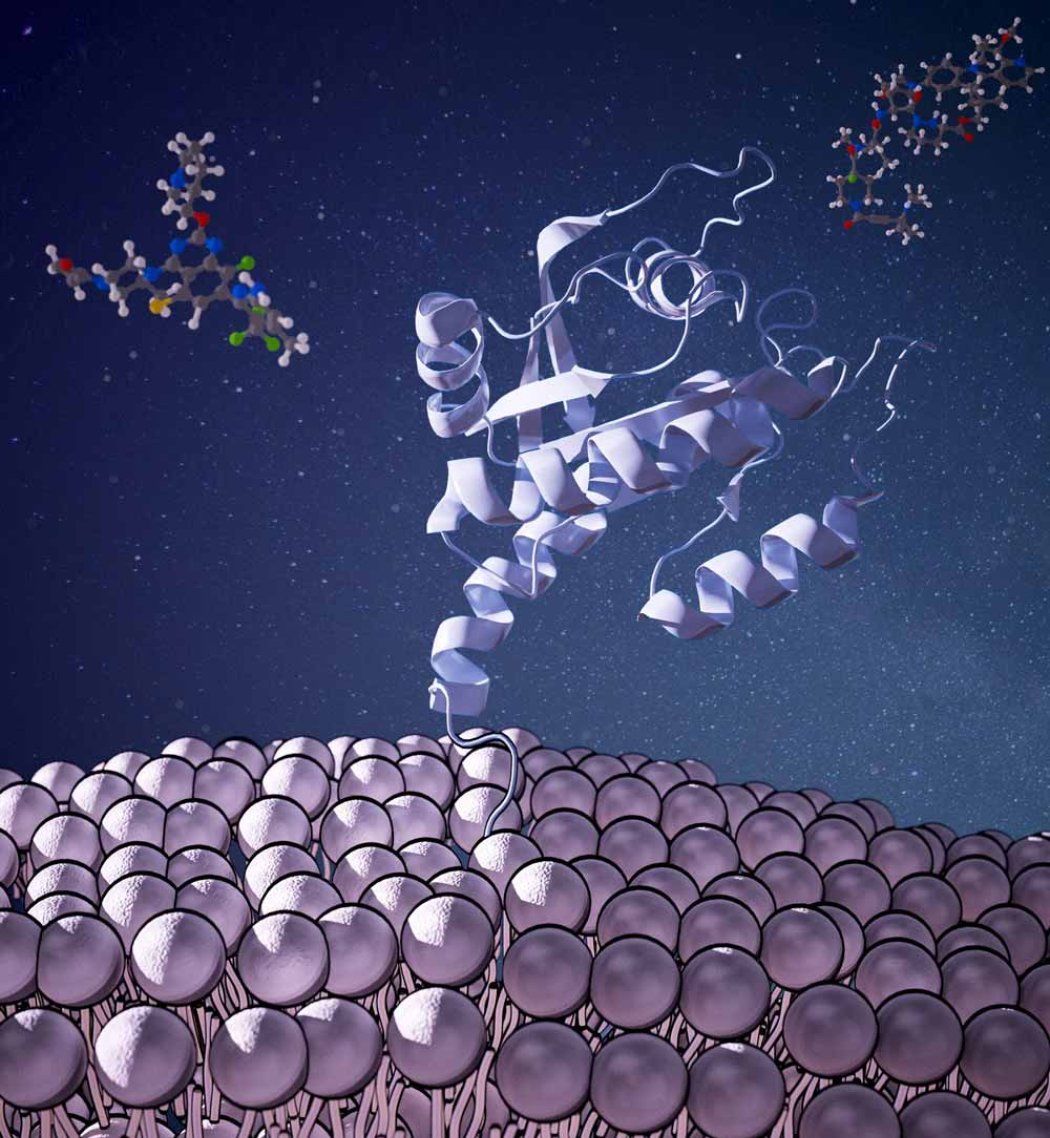
Scientists at the University of Minnesota and the Midwest Antiviral Drug Discovery (AViDD) Center have made a surprising discovery: antibodies can have opposite effects on viral infections in human cells.
The spike protein of SARS-CoV-2, the virus that causes COVID-19, enables the virus to enter human cells and is the primary target for the body’s antibodies. Previous research has shown that antibodies can either block the virus, have no effect, or, in rare cases, assist the virus in infecting cells. While antibody drugs work to block infections, this new study challenges current understanding of their mechanisms.
Published in the journal PLOS Pathogens, this study is the first to identify an antibody that can both a...
Read More














Recent Comments